Squash
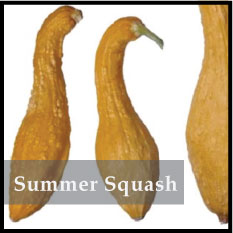
Early Golden Crookneck ($3.50) – 45 days. Old time favorite summer squash producing creamy yellow fruits with a curved neck. When picked young 4” it has a smooth skin and a tender interior. Can be used ornamental when allowed to mature, it then has a warted golden skin.
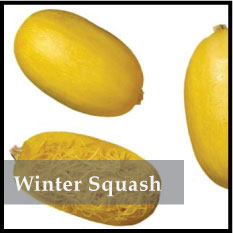
Winter Squash ($3.50) - Squash is native to North & South America. Squash today is still an important staple and can be used all year round. Winter squash is an excellent source of beta – carotene, vitamin A, healthy carbohydrates and minerals. The seeds are high in vegetable proteins & healthy fats. Culture: They can be started indoors or outdoors.
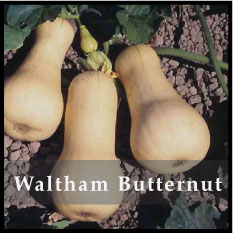
Waltham Butternut ($3.50) – 95 days, Organic, most popular winter squash variety. Very productive. Waltham produces medium large 12”, blocky pear shaped squash with tan – yellow skin. Dark orange flesh with fine flavor.
Squash is native to North and South America. During the late 1700’s squash became an important staple to New England because it was well adapted to the climate and stored throughout the winter. Today squash is still an important staple and can be used year round. Winter squash is an excellent source of vitamin A, carbohydrates and minerals. Seeds are high in vegetable proteins and fats.
(Tip) Winter Squash - They can be started indoors or outdoors. Indoors – start in peat pots or 4” plastic pots 3-4 weeks before the last frost. Sow 3-4 seeds per pot. Outdoors – Sow direct when soil is warm to touch and there is not danger of frosh. Soil – Squash likes well drained, sandy loam soil. PH 5.5 – 7.5. Enrich with compost or well rotted manure before planting. Moisture is needed when forming fruit. Germination – 5-7 days at 70F. Seeds will rot if soil temperature is too cool and wet. Plant bush varieties in hills 3 – 4 feet apart, rows spaced 6 feet apart. Full vined varieties plant hills 4-5 feet apart, rows spaced 8-10 feet. Cucumber beetle will damage young seedlings and flowers causing disease and poor pollination. Control with a mixture of Diatomaceous Earth and Rotenone. Broad crop rotation also reduces chance of attack. Pick after vine dies or rind hardens and dulls in color. Cure in high temperatures and humidity 80F for a week, then store at 50 -59F, humidity of 60%. Most winter varieties can be stored for 6 months.

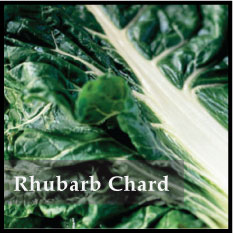
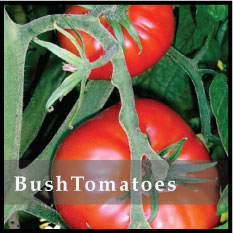
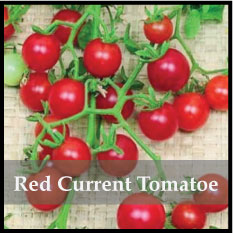
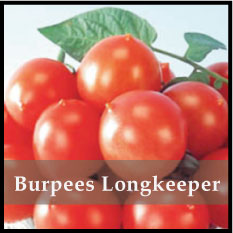
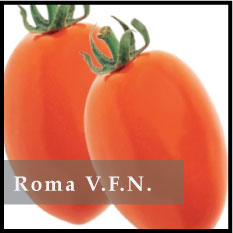
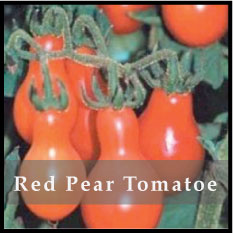
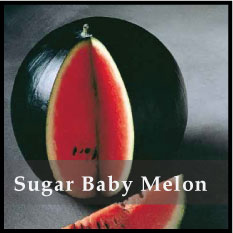
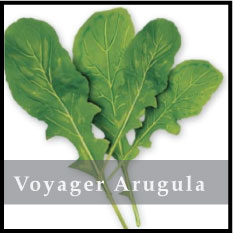
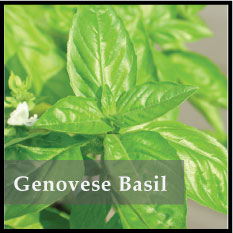
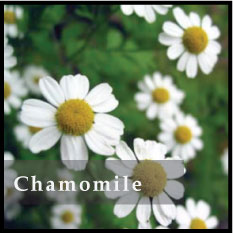
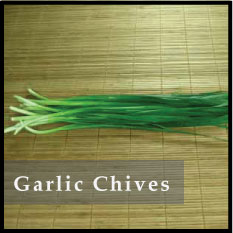
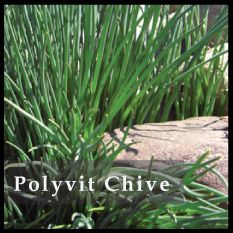
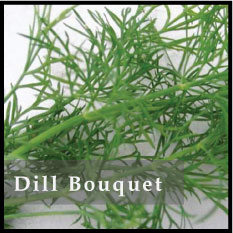
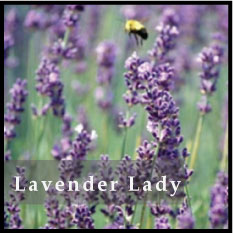
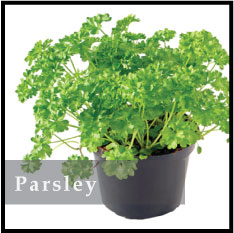
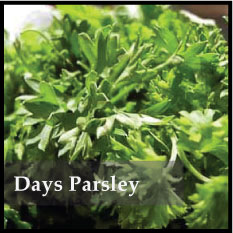
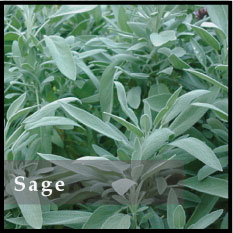
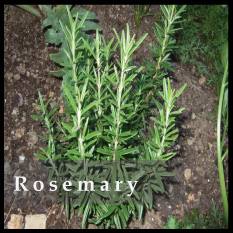
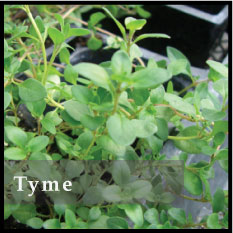
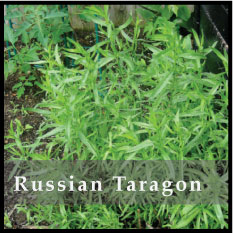
 Copyright © 2010, Sesen Farm & Seeds Ltd. All rights reserved.
Copyright © 2010, Sesen Farm & Seeds Ltd. All rights reserved.